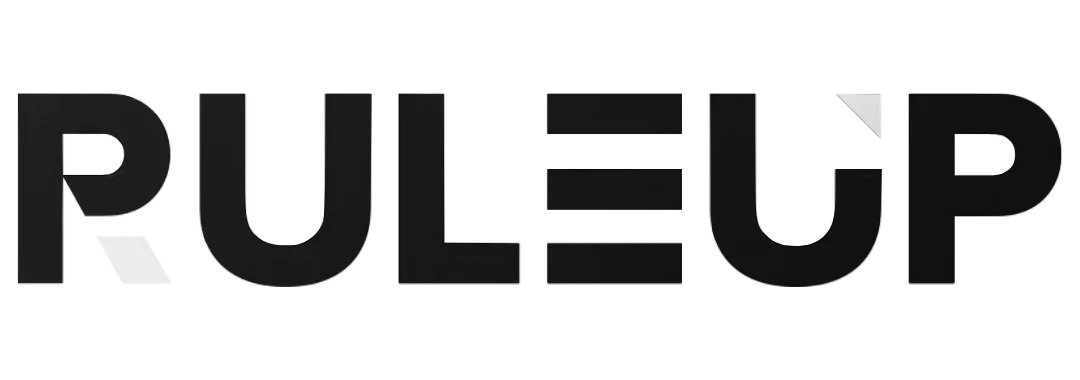In today’s fast-paced and highly regulated business environment, compliance is more than a checkbox—it’s a cornerstone of trust, risk management, and operational excellence. Organizations are not only expected to follow laws and regulations but also to implement specific compliance practices tailored to their operational and industry needs. While regulatory, Know Your Customer (KYC), and Anti-Money Laundering (AML) compliance often dominate discussions, other compliance types—like operational and privacy compliance—are equally vital.
Regulatory Compliance: The Legal Foundation
Regulatory compliance is the baseline for ensuring that businesses operate within the law. From data protection laws like GDPR to sector-specific mandates like HIPAA (healthcare) or SOX (Sarbanes-Oxley Act for publicly traded companies), this type of compliance ensures that organizations meet statutory requirements. Regulatory compliance is not optional—it’s the cost of doing business.
Example: A manufacturing company must adhere to OSHA regulations to maintain workplace safety, while a bank ensures compliance with Basel III to manage risk.
Operational Compliance: Ensuring Smooth Internal Processes
Definition and Scope:
Operational compliance focuses on adhering to internal policies, standards, and procedures to ensure organizational efficiency and effectiveness. Unlike regulatory compliance, which deals with external mandates, operational compliance is about enforcing internal controls and guidelines.
Purpose:
The goal is to ensure smooth daily operations, reduce internal risks, and align practices with organizational goals.
Practical Example:
A logistics company implements operational compliance by following its standard operating procedures (SOPs) for vehicle maintenance, route optimization, and timely delivery. This minimizes downtime, avoids costly errors, and ensures consistent service.
Key Areas:
- Employee training programs to enforce company policies.
- Internal audits to ensure adherence to corporate standards.
- Risk assessments to identify and mitigate internal vulnerabilities.
Privacy Compliance: Protecting Personal Information
Definition and Scope:
Privacy compliance involves adhering to laws and standards that protect individual privacy and personal data. It has become increasingly important with the rise of digital platforms and global data-sharing practices.
Purpose:
The goal is to safeguard sensitive information and maintain customer trust by preventing data breaches, misuse, or unauthorized access.
Practical Example:
A tech company ensures privacy compliance by adhering to GDPR (General Data Protection Regulation) for its European users and CCPA (California Consumer Privacy Act) for customers in California. This involves measures like encrypting sensitive data and allowing users to control how their data is used.
Key Regulations:
- GDPR (Europe).
- CCPA (California).
- HIPAA (healthcare privacy in the U.S.).
- LGPD (Brazilian General Data Protection Law).
KYC Compliance: Verifying Customer Identity
Definition and Scope:
KYC (Know Your Customer) compliance focuses on verifying the identities of customers during onboarding and monitoring them to ensure they pose no risk to the organization.
Purpose:
KYC compliance prevents fraud, identity theft, and unauthorized account creation. It’s especially critical for financial institutions and digital platforms handling money.
Practical Example:
Banks, like HSBC or Citibank, require customers to submit government-issued IDs and proof of address during account opening. This ensures the legitimacy of transactions and reduces fraud risk.
AML Compliance: Combating Financial Crime
Definition and Scope:
AML (Anti-Money Laundering) compliance involves processes to detect, report, and prevent money laundering activities. AML compliance extends beyond KYC, focusing on transactional behavior and systemic financial risks.
Purpose:
The goal is to protect organizations from being exploited for illicit activities like terrorism financing or tax evasion.
Practical Example:
A cryptocurrency exchange, such as Coinbase, uses advanced algorithms to monitor transactions for unusual activity, such as high-volume trades from flagged countries. Suspicious activity reports (SARs) are filed with regulators when irregularities arise.
Other Types of Compliance
Beyond regulatory, operational, privacy, KYC, and AML compliance, businesses must also address several other critical compliance areas depending on their industry and operations.
Environmental Compliance: Preserving Ecosystems
Definition:
Environmental compliance ensures businesses adhere to regulations protecting the environment, such as limiting emissions or waste management.
Purpose:
This compliance type helps organizations reduce their environmental footprint, avoid penalties, and contribute to sustainability goals.
Example: A chemical plant following EPA (Environmental Protection Agency) standards for waste disposal to prevent pollution.
Cybersecurity Compliance: Safeguarding Digital Assets
Definition:
Cybersecurity compliance involves protecting an organization’s digital infrastructure and sensitive information from cyber threats.
Purpose:
With the increasing frequency of data breaches, adhering to frameworks like NIST (National Institute of Standards and Technology) or ISO 27001 helps secure organizational data.
Example: A financial institution ensuring compliance with PCI DSS (Payment Card Industry Data Security Standard) to protect credit card data.
Ethical Compliance: Upholding Moral Standards
Definition:
Ethical compliance involves adhering to the organization’s code of ethics, which often includes anti-bribery, anti-corruption, and fair treatment policies.
Purpose:
This compliance fosters a culture of integrity, ensuring that employees and stakeholders act in the organization’s best interests.
Example: A multinational corporation implementing anti-corruption training and maintaining compliance with the Foreign Corrupt Practices Act (FCPA).
Tax Compliance: Ensuring Proper Financial Reporting
Definition:
Tax compliance ensures that businesses meet local, national, and international tax laws, including proper filing and timely payments.
Purpose:
This compliance minimizes financial penalties and maintains trust with government authorities.
Example: An e-commerce company accurately reporting sales tax across multiple jurisdictions to comply with U.S. state tax laws.
The Synergy of Compliance Types
In practice, these compliance types are not siloed; they often intersect. For example:
- A financial institution might integrate regulatory, privacy, KYC, AML, and cybersecurity compliance into a unified framework to streamline operations and mitigate risks.
- A manufacturing firm might combine environmental, operational, and safety compliance to ensure sustainable and safe production practices.
Challenges and Opportunities
The modern compliance landscape is fraught with challenges, from evolving regulations to technological complexities. However, it also offers opportunities for businesses to differentiate themselves:
- Trust as a Competitive Advantage: Companies that prioritize compliance foster customer and stakeholder confidence.
- Efficiency Gains: Automated compliance tools streamline operations, reducing costs and improving accuracy.
The Road Ahead
As regulations continue to evolve and industries become more digitized, compliance will only grow in importance. Organizations that embrace a proactive approach—integrating regulatory, operational, privacy, and other compliance types—will not only avoid risks but also thrive in a competitive landscape.
Conclusion
Understanding and implementing various compliance types—regulatory, operational, privacy, KYC, AML, and beyond—is essential for building a resilient and trustworthy organization. By addressing compliance holistically and leveraging technology, businesses can navigate the complex regulatory landscape while fostering innovation and trust.
References
- European Commission, “Anti-Money Laundering Directive.”
- General Data Protection Regulation (GDPR).
- Occupational Safety and Health Administration (OSHA).
- Environmental Protection Agency (EPA).
- NIST Cybersecurity Framework.
- Payment Card Industry Data Security Standard (PCI DSS).
- Foreign Corrupt Practices Act (FCPA).



